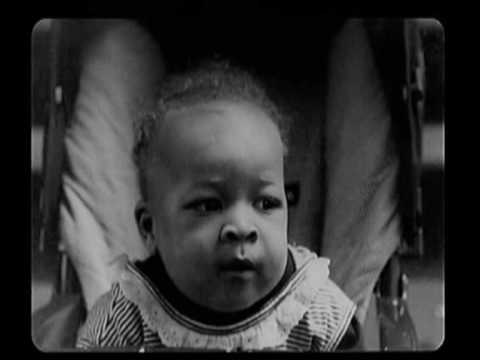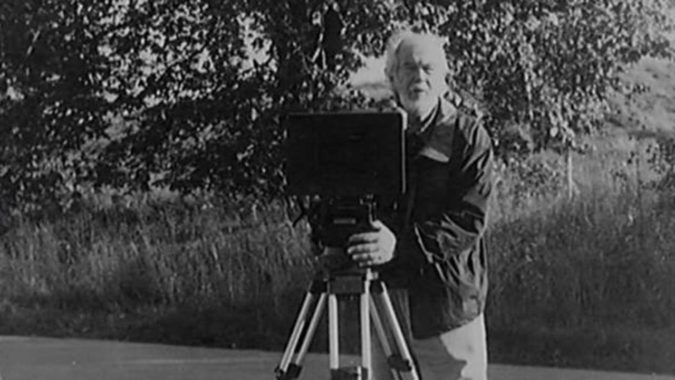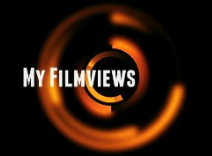
When filming a subject you are not only capturing it, but also depending the moment it is viewed can give also create a specific feeling. If you now watch something like Taxi Driver you are not only watching the story about Travis Bickle, but you also get an idea what New York in the seventies was like. If you travel even further back in time, to the first filmmakers, the brothers Lumière, than their first films also create a specific feeling. After they bought the patents to the “Cinématographe” from inventor Léon Bouly, as he didn’t have the financial means to realise his invention, the made the first movie camera. On the 19th of march 1895 they made their first film, in which they simply documented factory workers leaving their work. A lot of those first movies only show daily life. The arrival of a train at the station probably is their most famous one. The images you see are rough and jerky, but it was a very important first step to get to the moment we are now when it comes to film.
But what would happen if you took that very first movie camera and would allow directors from now to make something with it? What would they do? And what kind of feeling would the viewer have? That’s the idea behind this documentary. The rules these directors have are simple: Their movie can’t be longer than 52 seconds, no synchronised sound is to be used and they can have no more than three takes.

The end result is a documentary in which 41 directors get their hands on the original Cinématographe, including Wim Wenders, Jaco Van Dormael, Liv Ullmann, Spike Lee and David Lynch. The film shows how each of them handles the camera and asks them a couple of questions (for example if cinema is immortal). Of course the end result of their efforts is the most interesting and each approaches it differently. Some simply film something simple like the Lumière brothers did (like Spike Lee filming the face of a baby), other try to tell a whole story during those 52 seconds.
Generally that doesn’t always result in impressive short films, but there are a couple of exceptions. David Lynch for example who really gets the most out of that short period and does so in a way only he can. It is also cool to see well-known actors like Alan Rickman and Liam Neeson appear for such an old camera. After seeing all of them you start to realise that the way the film looks immediately makes you think about a specific time period, even though you know it has all been filmed recently. It makes you think about the medium and it adds something to your experience when you watch those first movies by the Lumière brothers. You realise that to them it was cutting edge and because of the films directors from now made their movies are pulled closer as well. Suddenly those 121 years feel like they were not that long ago.


![]()

I’ve only seen the short that David Lynch did as it is truly one of the best shorts he’s ever done. He used the tools he had and created something magical.
Yeah, it was pretty amazing for such a short short 🙂
Pingback: Monsieur Chocolat (2015) – Review | My Filmviews